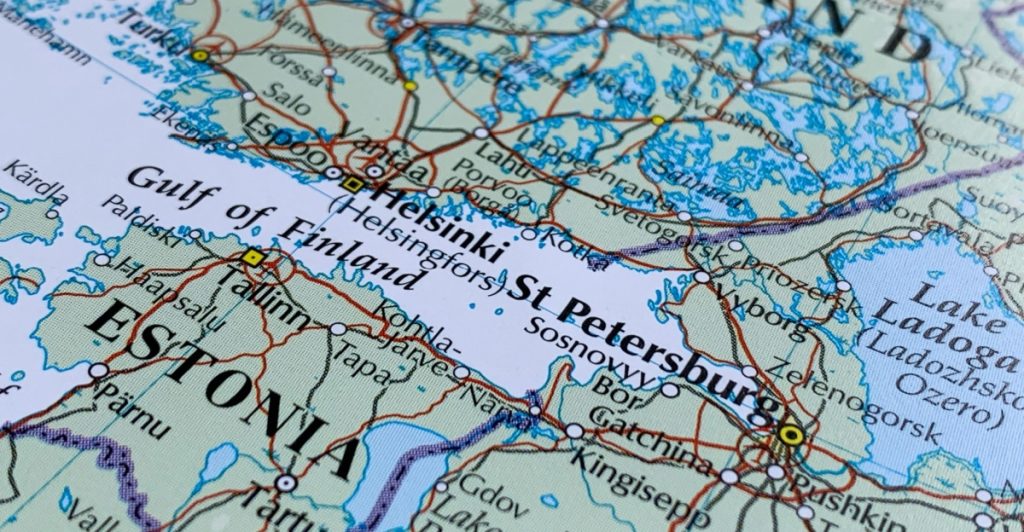Finland Prepares for Worst as Russia Expands Military Near Shared Border
Others are reading now
Moscow is quietly reinforcing military infrastructure near NATO’s northeastern frontier. Finland, now a full alliance member, says it’s watching every move.
Since joining NATO in 2023, Finland has found itself on the frontline of one of the alliance’s longest land borders with Russia.
As the war in Ukraine drags on, Helsinki says it’s preparing for a future in which Russian troops may return to its doorstep—this time, not just to intimidate, but to reinforce.
Russia Building Up Along the Finnish Frontier
Recent satellite images published by The New York Times show new helicopter pads, military tents, aircraft shelters and vehicle facilities near key points on the Russian side of the border—especially around Murmansk, Alakurtti, and Petrozavodsk.
Also read
Many of these facilities had been dormant since the Cold War.
Major General Sami Nurmi of the Finnish Defence Forces told The Guardian that Finland is “watching very closely,” and that the country must “prepare for the worst.” While there is no immediate threat, he added, Russia’s phased infrastructure work near the frontier is a clear sign of long-term planning.
They are changing the structures. We see moderate preparations,” Nurmi said. “Once the war in Ukraine ends, they’ll begin to redeploy land forces here.
According to Hotnews.ro, more than 130 military tents have appeared at Kamenka base in Leningrad Oblast, just 65 kilometers from Finland. Elsewhere, supersonic bombers have returned to Olenya Air Base, and fresh vehicle barracks have been constructed in Karelia.
Finland’s Response: Walls and Watchfulness
In parallel, Finland is finalizing the first 35 kilometers of a planned 200-kilometer high-tech fence along its eastern border.
Designed to curb hybrid tactics like migrant pushbacks—accusations Helsinki has leveled at Moscow—the barrier includes motion sensors and surveillance cameras to detect both humans and wildlife.
We must assess whether they’re preparing to send more troops to Ukraine or to our border. I believe it’s both,” Nurmi added.
Former U.S. President Donald Trump responded to the developments by saying he’s “not at all worried,” insisting Finland and Norway “will be very safe.” But Finnish officials aren’t as casual. While there’s no sense of panic, there is a sense of obligation.
A Strategic Pressure Point in NATO’s North
The Finland-Russia border stretches more than 1,300 kilometers—most of it remote, forested and thinly populated. But it’s also directly adjacent to Murmansk, home to Russia’s Northern Fleet and nuclear forces. That gives it enormous strategic weight.
If NATO and Russia go to war in the Baltics, Finland won’t sit on its hands,” said Ed Arnold of the UK’s Royal United Services Institute. “They could try to disrupt Russian logistics between St. Petersburg and Murmansk.
Analysts say that while the current build-up is modest compared to pre-2022 levels near Ukraine, it may be just the beginning of a broader post-war redeployment plan by the Kremlin. For now, Helsinki is building walls—both literal and political—on the assumption that Moscow isn’t done reshaping Europe’s security map.


